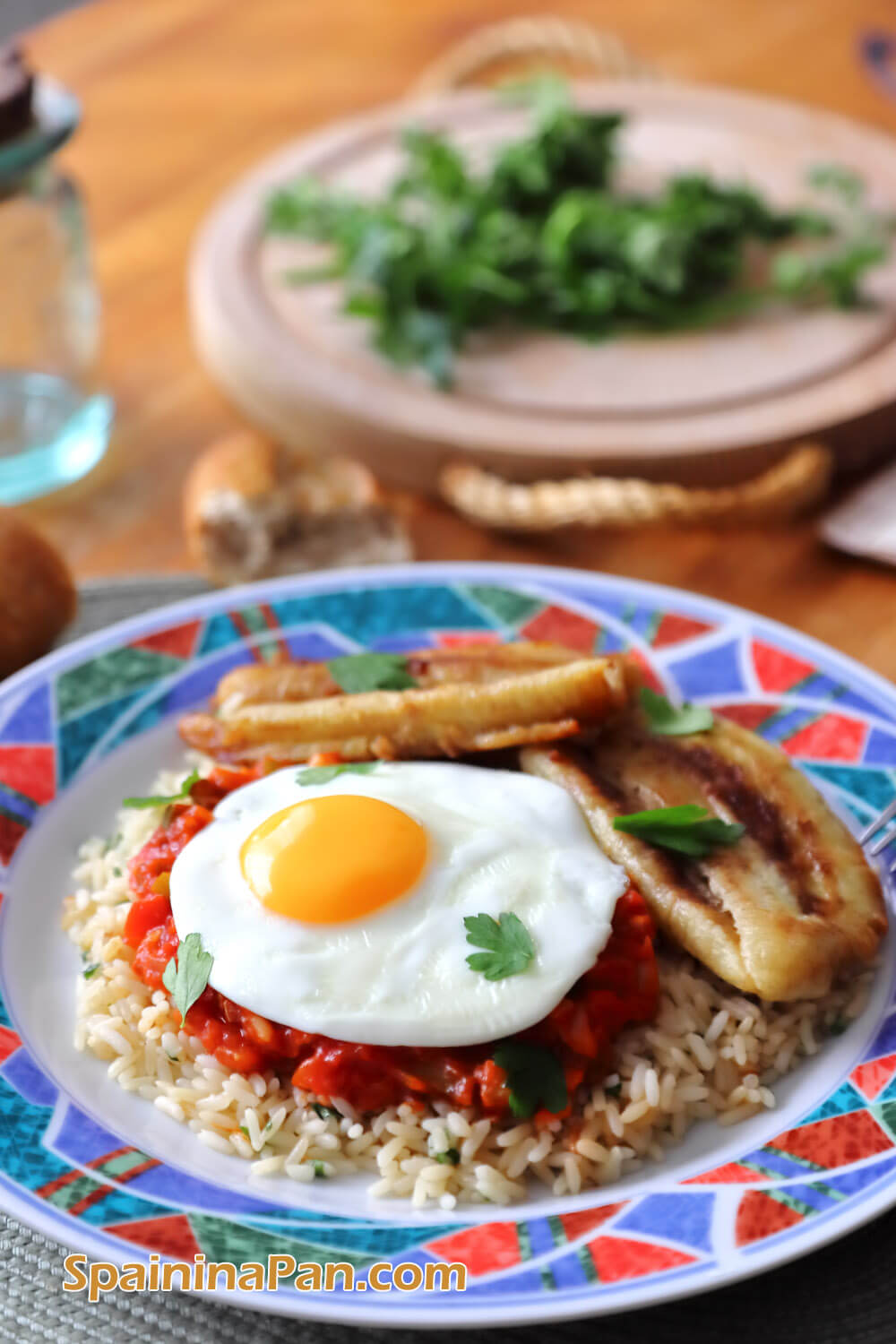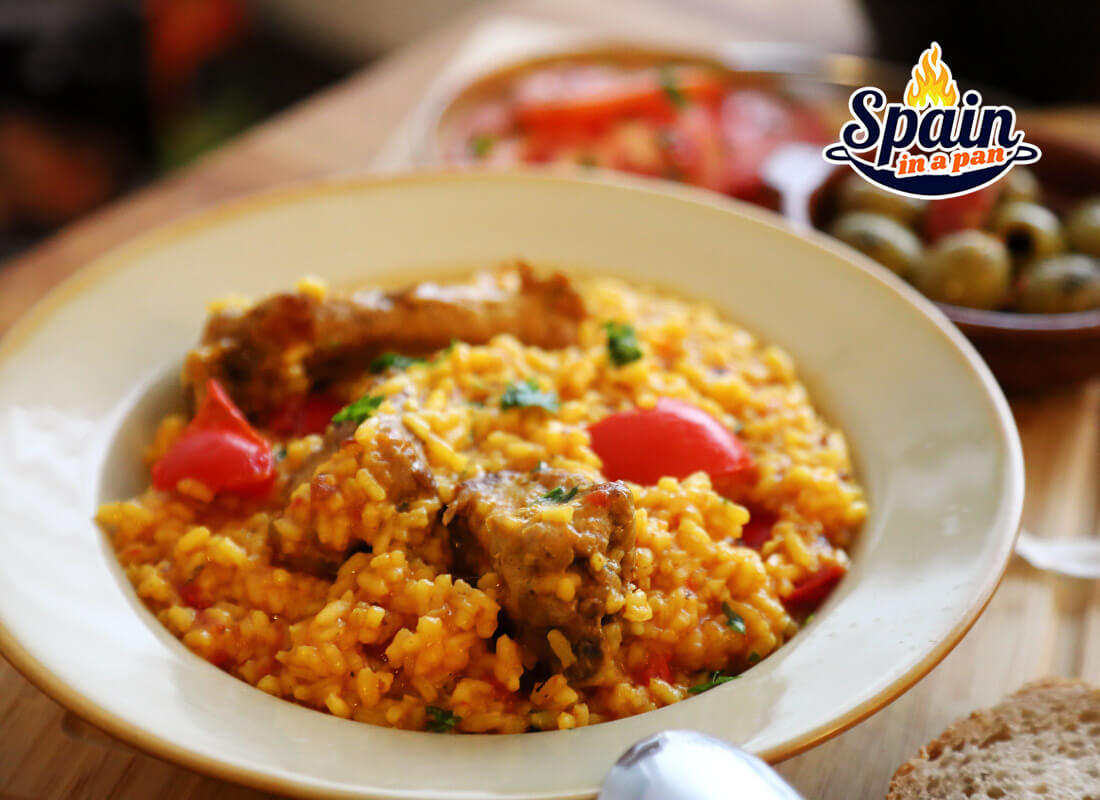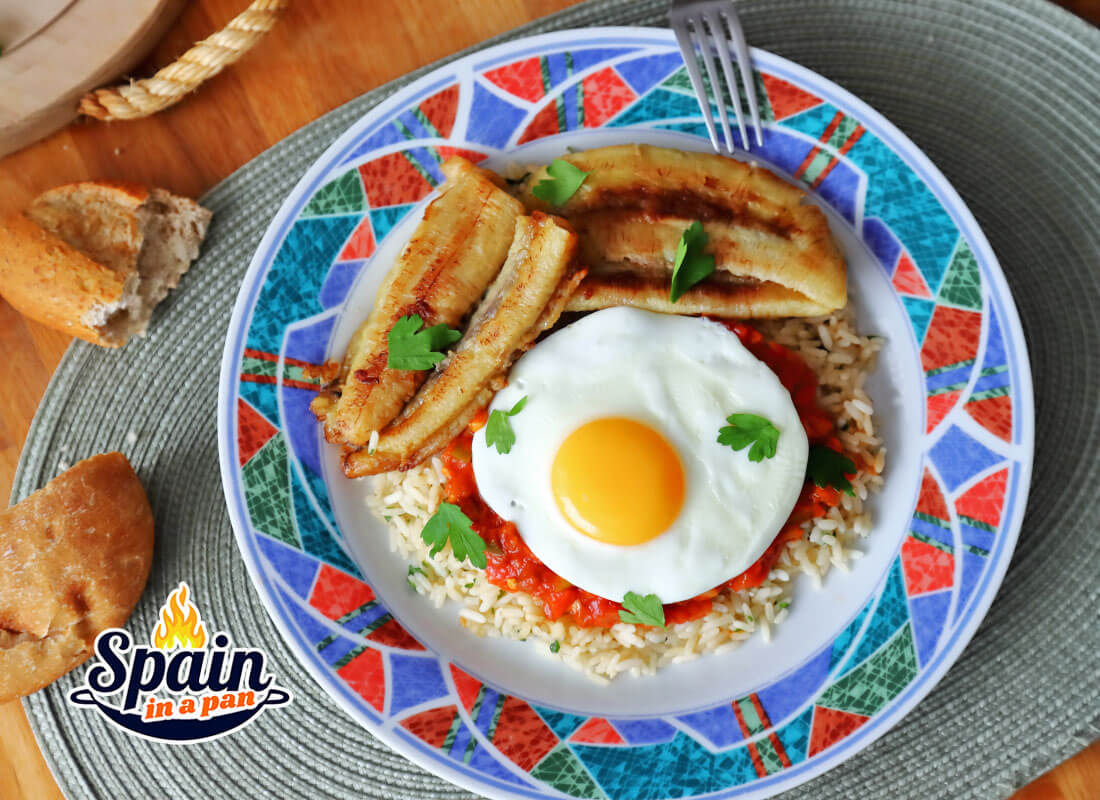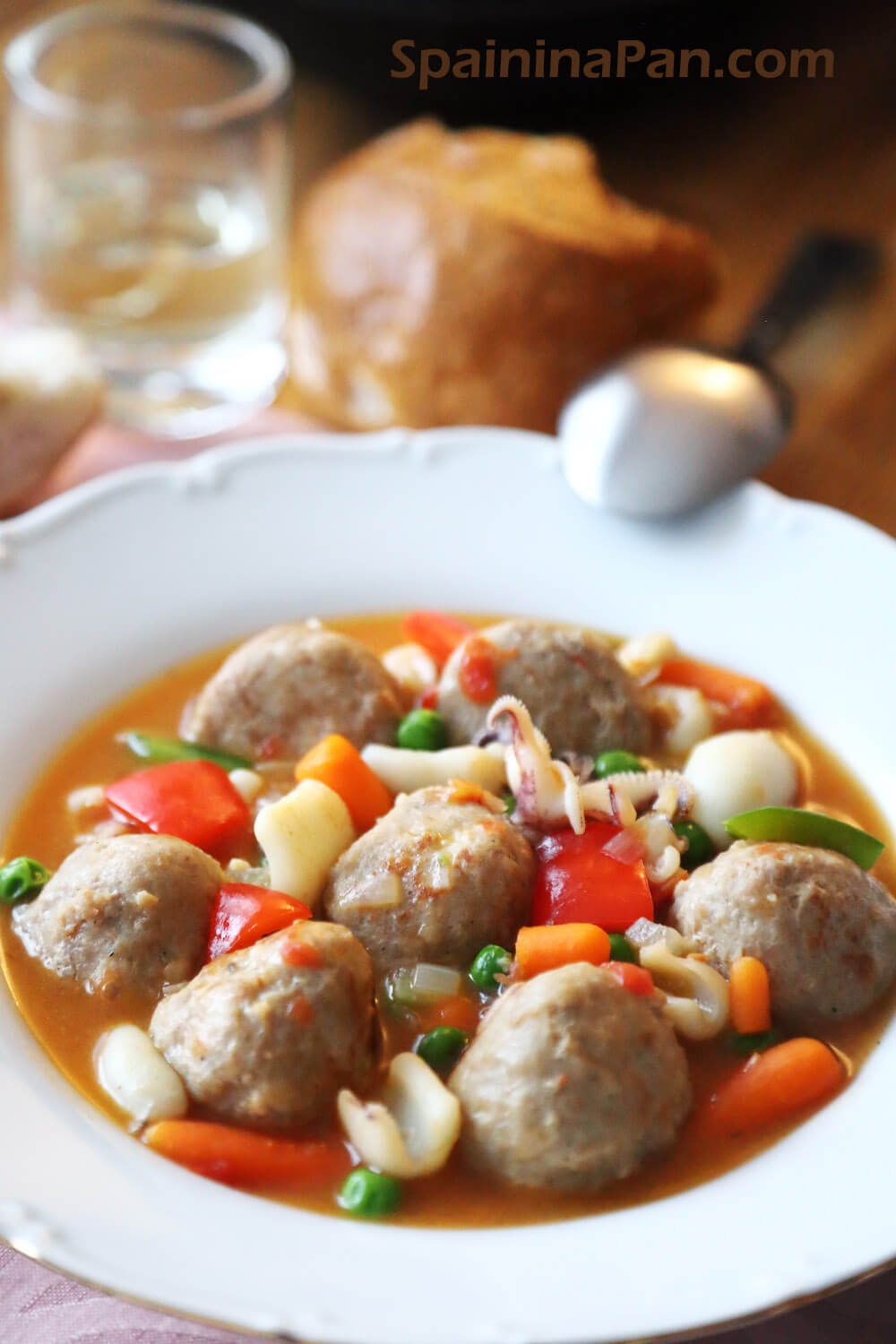- HOME
- Rice Recipes
- Cuban Rice
A Spanish Cuban Rice Recipe with Tropical Flavors
(Arroz a la Cubana)
By Edu Valor / Author - Spanish Chef
I first came across the Cuban rice recipe (arroz a la Cubana) from Spain’s Canary Islands in a cookbook, and I didn’t think much of it at first. I forgot how simple ingredients can come together to create something amazing.
When I finally made it, I was surprised by how well the flavors blended—it was a real delight.
It takes a little effort, but it’s well worth it. A dish like this sparks the imagination. Faraway tropical places with golden beaches—who wouldn’t want to be there?
Many Spaniards remember it fondly from their childhood, often tied to nostalgic memories.
Others see it as the ultimate student meal since it’s made with inexpensive ingredients, but that doesn’t make it less delicious.
I could eat it every day for a week—the flavors just work so well together. Besides, it's good in more than one way!
Let's Make an Exotic Cuban Rice!
Ingredients for 4 Servings
Preparation: 15-20 minutes
Cooking: long grain rice 15 minutes (see packaging), bananas 5-10 minutes, tomato sauce 20 minutes, eggs 5-7 minutes.
*Measurements in metric and USA Imperial system. For British/Canadian measurements please use the metric conversion calculator.
Using a different rice may change the cooking time. The info is usually on the packaging.
- 350g/12.5 oz long grain rice
- 500 ml/17 fl oz chicken broth (or vegetable broth)
- 4 large eggs
- 500g/17.5 oz tomato puree
- 4 green bananas, cut in half
- 1 medium onion, finely diced
- 3 garlic cloves, minced
- ¼ red bell pepper, chopped
- 1 bay leaf
- 2 tsp oregano
- 1 tsp cumin
- 2 tbsp tomato paste
- olive oil
- salt and pepper
- 2 tbsp chopped parsley
Instructions
- Rinse the rice in a sieve, let it drain.
- In a sauce pan on medium heat, sauté the onion with bell pepper in some olive oil until tender. About 10-12 minutes
- Add minced garlic, bay leaf, cumin and oregano. Add a sprinkle of salt and pepper. Stir!
- Add the tomato paste and puree. Turn heat to medium-low. Stir and taste. Leave to cook for 15 minutes with the lid on.
- Meanwhile, bring the broth to a boil and add the rice. Lower heat to low and simmer for 15 minutes or according to package instructions.
- Turn heat off and leave the rice to rest for 5 minutes, covered.
- Peel bananas and cut in half. Fry them shortly on medium low heat in some olive oil (or butter if you want more taste). Do not brown!
- Put the banana pieces on clingfilm and fold to cover them. Flatten the bananas to half its thickness with the bottom of a pan or a cutting board.
- Carefully fry the flattened bananas in olive oil on medium-high heat, until crispy brown.
- Let them drain on kitchen paper to remove excess oil.
- Mix the parsley with the rice and 1 or 2 tbsp of the oil used to fry the bananas.
- Fry the eggs on low heat, sunny side up.
- Put a layer of rice on a plate, then a layer of tomato sauce and then the fried egg on top. Sprinkle some salt on it. Lay 2 banana pieces next to the egg.
TIPS:
- If the tomato sauce is too acidic add ½ tsp of sugar.
- Use green bananas (or plantains) if available.
- The bananas don't need seasoning as it's naturally sweet of taste and browning adds taste.
- I tried it with brown rice and it worked very well too.
 Flattened banana pieces in cling film before the second fry.
Flattened banana pieces in cling film before the second fry.
What You Will Need
- A frying pan, sauce pan and pot.
- Spatula
- Paring knife
- Cutting board
- Measuring beaker
- Measuring spoons
- Scale
Is it a Spanish or Cuban Rice Dish?
I might take some heat for this, but let’s set the record straight—arroz a la Cubana (Cuban rice) is actually a Spanish dish.
The main reason? It doesn’t exist in traditional Cuban cuisine, but it has a clear presence in Spain’s culinary history.
The dish most likely originated in 19th-century Spain during its colonial ties with Cuba. At the time, Spain often named dishes after its colonies, even when they weren’t actually from there.
Some suggest that Cuban influences played a role, but no traditional Cuban sources or cookbooks recognize it as a native dish.
The ingredients—rice, fried eggs, bananas (from the Canary Islands), tomato sauce, and sometimes chorizo or ground beef—align more with Spanish home cooking than with Cuban flavors.
Traditional Cuban cuisine typically features black beans, pork, and other tropical ingredients, rather than rice with tomato-based sauces.
Spanish cookbooks from the late 19th and early 20th centuries describe arroz a la Cubana as a Spanish dish, while no equivalent Cuban dish appears in records before Spain introduced it as an "exotic" meal.
In reality, it's a Spanish creation, likely inspired by colonial ideas of Cuban food rather than an actual dish from Cuba. If you visit Cuba today, you won’t find it as part of the country’s traditional cuisine!
*****
Edu's Tasty Rice Recipes
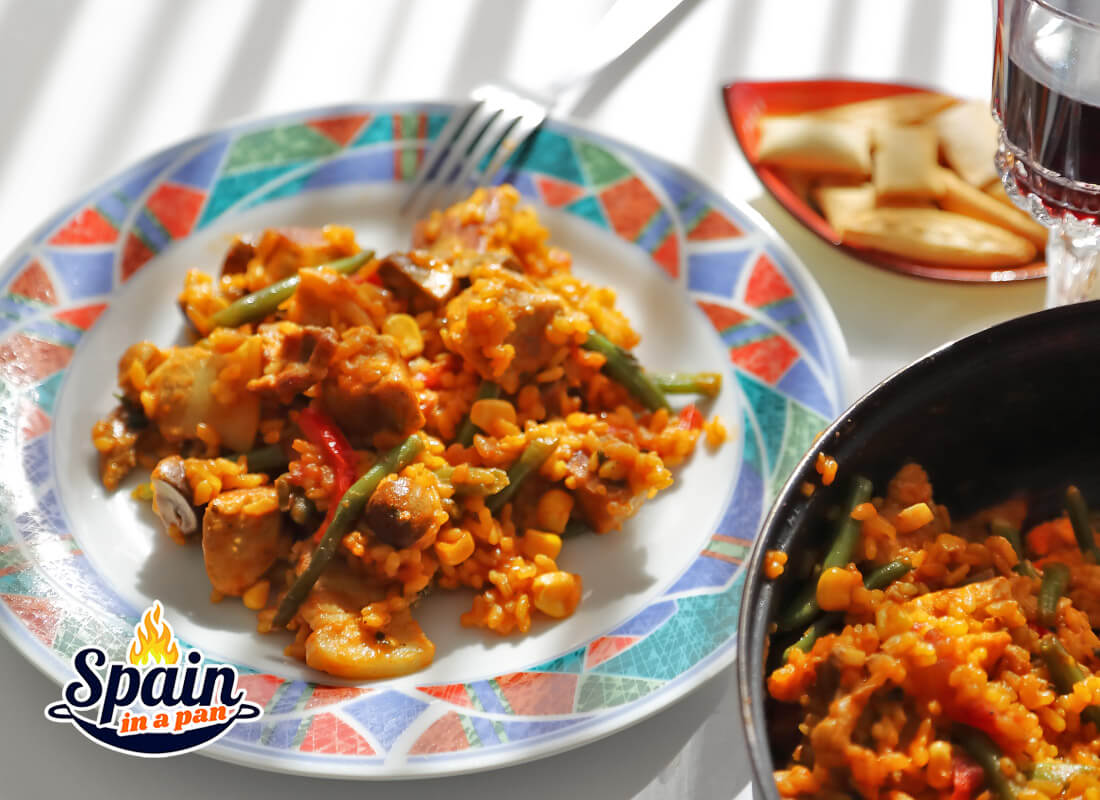 Arroz con Tocino (pork belly rice)
Arroz con Tocino (pork belly rice)